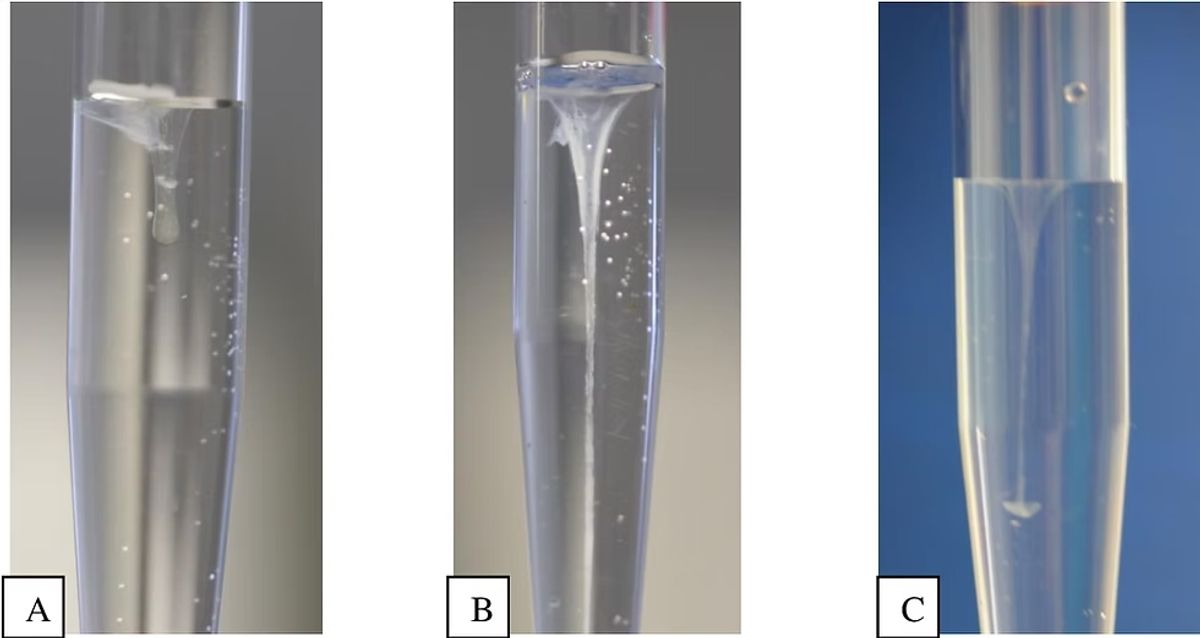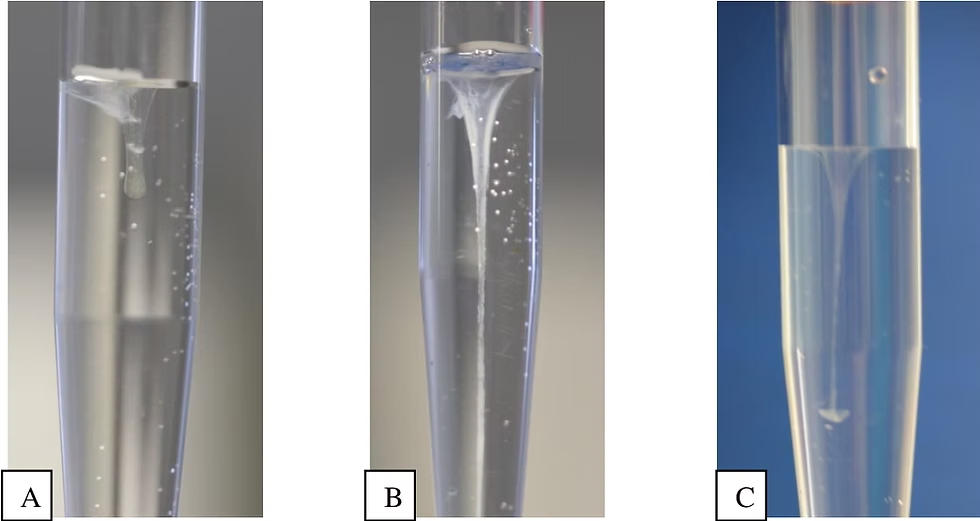
Feline Infectious Peritonitis (FIP) is one of the most serious viral diseases that can affect cats. Among its types, wet FIP (also known as effusive FIP) is the most common. It’s typically characterised by the buildup of abnormal fluid in the cat’s abdominal or chest cavity.
Many cat owners often don’t realise the symptoms at first — such as a sudden swollen belly, loss of weight, persistent fever, stress, or a decrease in appetite and water intake.
Because these signs are similar to other illnesses, diagnosing FIP, especially the wet form, requires careful examination. One of the most common preliminary screening tools used by veterinarians is the Rivalta Test.
What Is the Rivalta Test?
The Rivalta Test is a simple diagnostic method first introduced by Italian scientist Rivalta in 1900. It helps veterinarians distinguish whether the fluid found inside a cat’s body cavity (called effusion) is caused by FIP or another medical condition.
This test is affordable, fast, and widely used in veterinary clinics as a screening tool before moving on to more advanced tests like PCR or antibody analysis.
How the Rivalta Test Works
The Rivalta Test procedure is straightforward and can be performed in most veterinary laboratories:
A test tube is prepared with distilled water and a few drops of acetic acid.
A small amount of the cat’s body fluid (effusion) is dropped into the solution.
The reaction of the drop determines the result:
Positive result: The drop remains intact, floats, or sinks slowly — indicating possible FIP.
Negative result: The drop dissolves quickly and the liquid stays clear — suggesting a different cause.

A positive Rivalta Test strongly suggests wet FIP, although it’s not 100% conclusive. Further tests are still needed to confirm the diagnosis.
Accuracy of the Rivalta Test
Scientific studies have shown that the Rivalta Test has a positive predictive value of around 86% and a negative predictive value of up to 96%.
This means:
A negative result can reliably rule out FIP in many cases.
A positive result, however, should always be confirmed through additional diagnostic methods such as:
Complete blood test (haematology and biochemistry)
FCoV antibody test
Ultrasound (USG) or X-ray examination
How the Rivalta Test Relates to Wet FIP Symptoms in Cats
One of the most common signs of wet FIP is a swollen abdomen due to fluid buildup. This accumulation can make breathing difficult and put pressure on internal organs.
While a bloated belly can result from several conditions — such as infections, liver disease, or intestinal worms — when it’s accompanied by fever, lethargy, or loss of appetite, FIP becomes a likely cause.
By using the Rivalta Test, veterinarians can perform quick early screening to determine if FIP should be suspected before moving on to more specific tests.
👉 Read more: Understanding FIP in Cats and How to Manage It
Treatment for Wet FIP
Currently, the most effective treatment for all forms of FIP — including wet FIP — involves using GS-441524 from BasmiFIP.
This antiviral medication has shown over 92% success rate when administered according to proper dosage and treatment protocols.
For cats with wet FIP, GS-441524 helps the body to gradually absorb the accumulated fluid and reduce inflammation.
In some cases, if fluid accumulates in the chest (pleural effusion) and causes breathing difficulty, the veterinarian will perform a thoracocentesis procedure to remove 100% of the pleural fluid to help the cat breathe normally again.
The maximum 20–30% drainage limit applies only to abdominal fluid (ascites) — this is to prevent sudden drops in blood pressure or shock during drainage.
When Should You Bring Your Cat to the Vet?
If you notice any of the following symptoms, don’t delay — visit your veterinarian immediately:
Swollen or enlarged belly
Breathing difficulties
Weakness and lethargy
Persistent fever that doesn’t go down
Loss of appetite or thirst
Early diagnosis can make a huge difference in your cat’s recovery.
For professional advice or assistance in detecting and treating FIP, you can reach out to the BasmiFIP Malaysia Team via social media or WhatsApp.
You can also find more educational articles and consultation options on the BasmiFIP Malaysia website.
Frequently Asked Questions (FAQ)
1. What is wet FIP in cats?
Wet FIP is a form of Feline Infectious Peritonitis that causes fluid buildup in the cat’s abdomen or chest, often making the belly appear swollen.
2. What are the common symptoms of wet FIP?
Typical signs include a bloated abdomen, loss of appetite, fever, weight loss, and weakness.
3. Does a swollen cat belly always mean FIP?
No. It can also be caused by infections, worms, tumours, heart issues, or liver issues. Only diagnostic tests can confirm the cause.
4. Can FIP be cured?
Previously, FIP was considered fatal. But with the introduction of GS-441524, many cats now recover fully with timely treatment.
5. Is FIP contagious to humans or other pets?
No, FIP itself isn’t contagious to humans. However, the virus that causes it (Feline Coronavirus, FCoV) can spread among cats.
6. How reliable is the Rivalta Test for FIP diagnosis?
It has about 86% accuracy for positive results and 96% for negatives, making it a good screening test, but not a final confirmation.
7. How can you differentiate effusion caused by FIP from other conditions?
FIP effusion is usually yellowish, thick, protein-rich (>3.5 g/dL), and Rivalta Test positive. Blood test and PCR results can further confirm.
8. Can the Rivalta Test replace PCR or FCoV antibody tests?
No. The Rivalta Test is a supportive screening tool. Confirmation requires PCR or serology tests, especially for neurological or ocular cases.
9. Will all wet FIP cases show a positive Rivalta Test?
Most will, but there can be false negatives — especially when the fluid sample is minimal or not representative.
✅ Final Note for Malaysian Cat Owners:
If your cat shows sudden changes like a swollen belly or loss of energy, don’t wait too long. Early screening using the Rivalta Test can save lives — and with GS-441524 treatment, recovery is now very possible.



